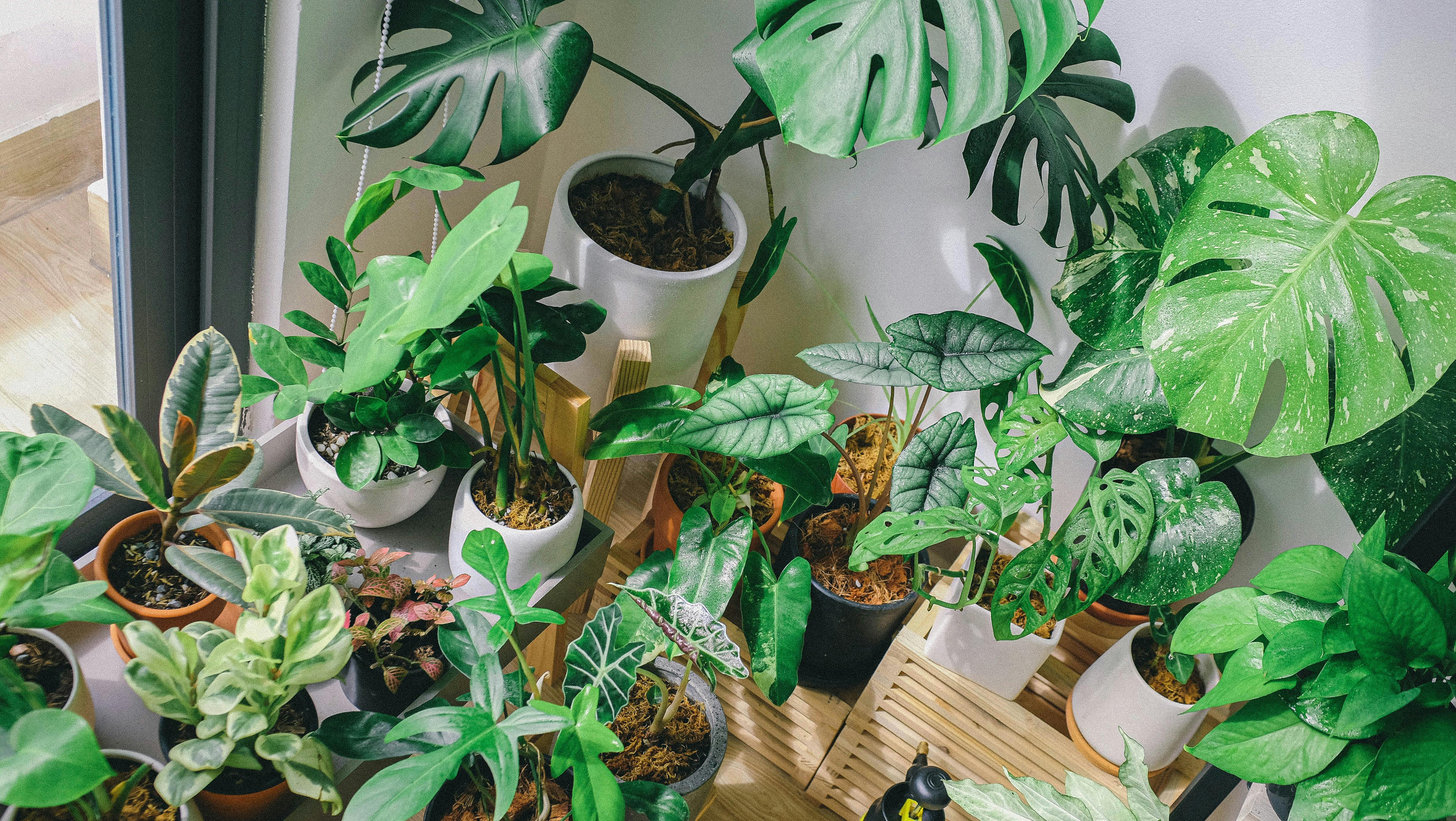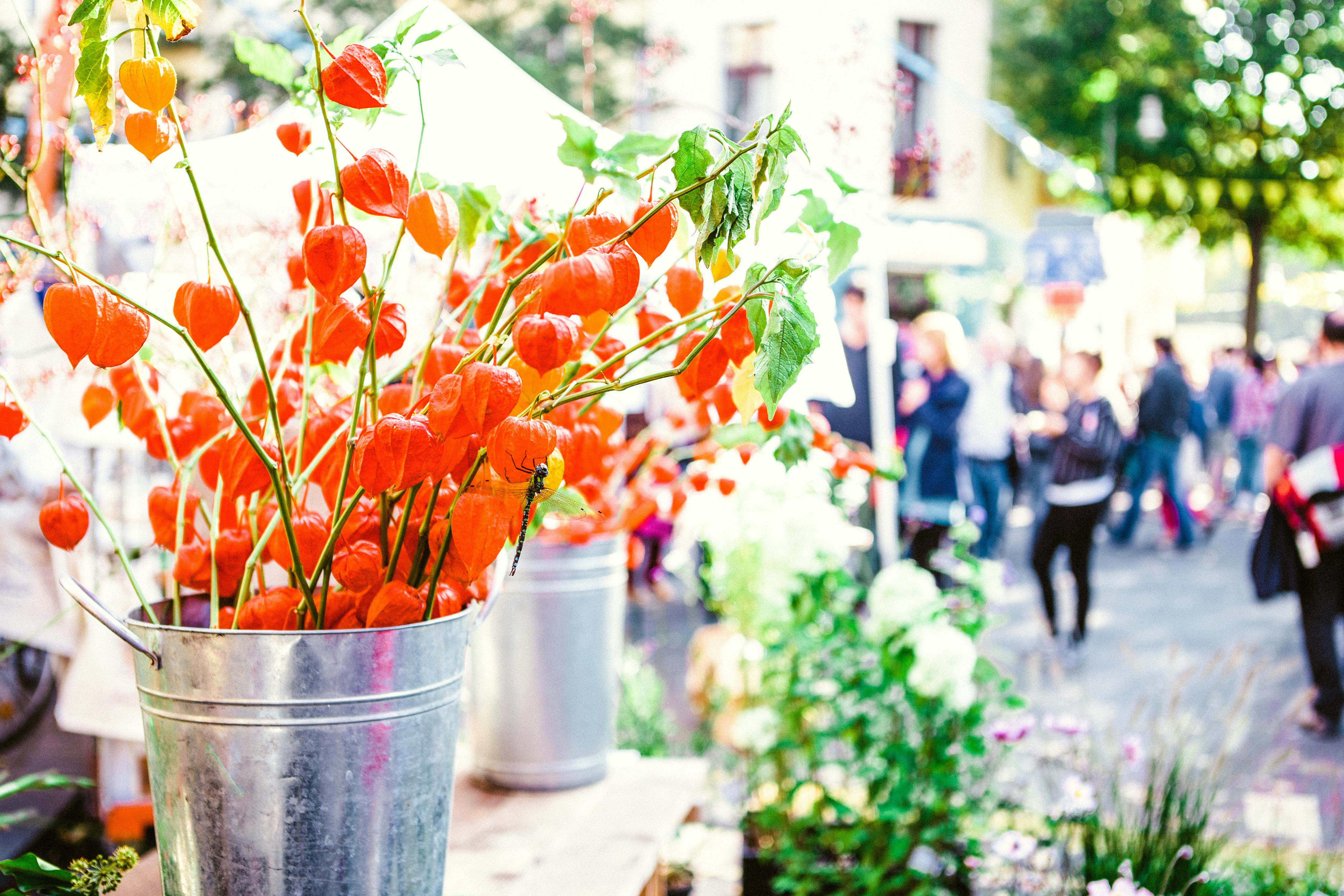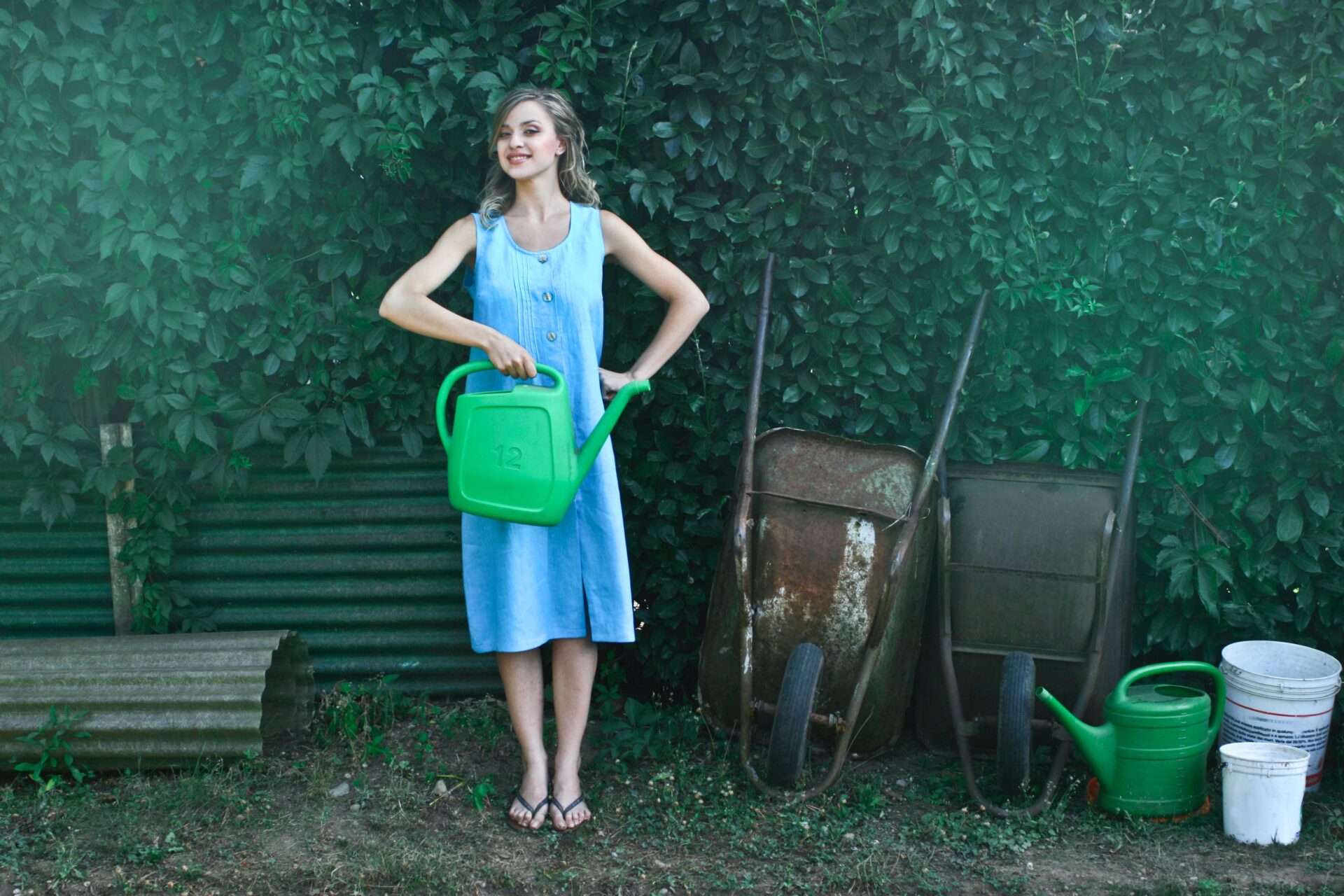Strawberries are a popular fruit that grows well in containers. Knowing how many strawberry plants will fit in a 5-gallon bucket can help you plan for a successful and fruitful crop. This article will discuss the optimal number of strawberry plants per 5-gallon bucket, as well as other tips for successfully growing strawberries in containers.The number of strawberry plants to be planted per 5 gallon bucket will depend on the size of the strawberry plant. Generally, 3-4 small strawberry plants can be planted in a 5 gallon bucket.
Benefits of Planting Strawberries in 5 Gallon Buckets
Planting strawberries in 5 gallon buckets has become an increasingly popular method of growing strawberries. This method is highly effective and offers a number of benefits to both beginner and experienced gardeners alike. The advantages of planting strawberries in 5 gallon buckets include:
1. Easy to Plant – Planting strawberries in a 5 gallon bucket is straightforward and easy, requiring minimal effort from the gardener. A single hole is made on the bottom of the bucket for drainage, then the bucket is filled with soil and fertilizer and ready to plant.
2. Portable – One of the major advantages of planting strawberries in 5 gallon buckets is their portability. These buckets are light enough to be moved around easily, allowing gardeners to move them around as needed or bring them indoors during cold weather or inclement weather conditions.
3. Space-saving – Planting strawberries in 5 gallon buckets is also an excellent space-saving solution for those with limited outdoor space or small gardens. These buckets allow gardeners to grow a large number of plants in a relatively small area, making them ideal for urban gardens and balconies.
4. Improved Growth – Growing strawberries in 5 gallon buckets also provides improved growth compared to planting them directly into the ground. The soil in these containers drains quickly and provides excellent drainage, allowing plants to receive adequate oxygenation without becoming waterlogged or over-watered.
5. Cost Efficient – Finally, planting strawberries in 5 gallon buckets is an affordable option for most gardeners as these containers are readily available at most home improvement stores or online at a reasonable price point. Furthermore, when compared to purchasing multiple planters or large pots, these containers offer significant cost savings for those who wish to grow large quantities of strawberry plants at once.
Overall, planting strawberries in 5 gallon buckets can be an excellent solution for both beginner and experienced gardeners alike looking for an easy, cost-efficient way to grow large quantities of strawberry plants without taking up too much space or spending too much money on planters or pots.
How to Choose the Right Size Container for Growing Strawberries
Choosing the right size container for growing strawberries is an important part of successful strawberry gardening. The size and type of container you choose will depend on the amount of space you have available and the number of plants you wish to grow. Here are some tips to help you choose the right size container for your strawberry plants.
The first step is to determine how many plants you want to grow. If you are growing just a few plants, a small or medium-sized container should be sufficient. But if you are planning to have a larger garden with more than a dozen plants, then a larger container may be necessary. Be sure to take into account the root system of the plant when selecting your container size, as this will affect how much space it needs to grow properly.
Next, consider the type of material your container is made from. Plastic containers are lightweight and easy to move around, but they may not provide enough support for heavier plants like strawberries. Clay or ceramic containers can be heavier and more stable, but they tend to dry out faster than plastic containers. Also, consider where the container will be located – in full sun or partial shade – as this will affect how often it needs watering.
Finally, think about drainage when choosing a container for growing strawberries. Make sure that your pot has adequate drainage holes at the base so that excess water can escape and air can circulate around the roots. If possible, place a layer of gravel at the bottom of your pot before adding soil – this will help water drain away quickly while also preventing any soil from washing away.
By taking all these factors into consideration when selecting containers for growing strawberries, you can ensure that your plants get plenty of space and support to thrive. With proper care and attention, your strawberry garden should be producing delicious fruits in no time!
Selecting the Best Soil for Growing Strawberries in Buckets
Growing strawberries in buckets is an excellent way to produce a bumper crop of sweet, juicy fruit. The key to success is selecting the best soil for your plants. Strawberries prefer soil that is rich in organic matter, such as compost or aged manure, and has a pH level of 6.0-7.0. That means it’s slightly acidic, which helps the plants absorb nutrients more easily.
When selecting soil for your strawberry buckets, look for a commercial potting mix that contains peat moss or coir fiber, perlite or vermiculite, and some slow-release fertilizer. It should also be light and airy so that it drains well and provides plenty of oxygen to the roots. If you are unsure about what type of potting mix to use, ask an expert at your local garden center for advice.
It’s also important to make sure your soil is free from weed seeds and disease-causing organisms such as nematodes and fungi. To do this, you can either purchase sterilized potting mix or sterilize it yourself by baking it in an oven at 200 degrees Fahrenheit for 30 minutes.
Finally, add some slow-release fertilizer to your soil before planting the strawberry plants. This will give them the nutrients they need to grow strong and healthy throughout the growing season. You can also top dress with additional fertilizer every two months during the growing season if needed.
By taking the time to select the best soil for growing strawberries in buckets, you will be rewarded with a bountiful harvest of delicious berries!
Choosing the Right Container
When planting strawberries in containers, it is important to choose a container that is large enough to accommodate the roots of your plants. A 10-gallon pot or larger is ideal. Make sure the container has ample drainage holes at the bottom so that excess water can easily escape. It is also important to use a high-quality soil mix specifically designed for growing strawberries in containers.
Location Matters
When selecting a location for your strawberry plants, look for an area with sun exposure for at least six hours a day. Strawberries need plenty of sunlight to produce fruit, so make sure to select a location that gets plenty of sun. Avoid locations where water accumulates or where there is poor air circulation, as these conditions can lead to fungal diseases.
Fertilizing and Watering
A slow-release fertilizer should be added to the soil when planting your strawberries and should be applied again every four weeks during the growing season. When watering, it is important not to overwater as this can lead to root rot and other problems. Watering should be done in the morning and only enough water should be used so that the soil stays moist but not soggy.
Pruning and Harvesting
It is important to prune away any runners (long stems) that develop from the plant as they will take energy away from the main plant and reduce its fruit production potential. When harvesting strawberries, gently twist them off from their plants rather than pulling them off with your hands as this can damage the plant’s stem and roots.

Fertilizing Strawberry Plants in 5 Gallon Buckets
Growing strawberries in five gallon buckets can be a great way to get a bumper crop of delicious berries without having to take up a lot of space. To ensure that your bucket-grown strawberries have the best chance of producing a large harvest, you should make sure that they are getting the right nutrients. Fertilizing strawberry plants in five gallon buckets with the right combination of nutrients will help ensure that they produce big, juicy strawberries.
The best way to fertilize your strawberry plants is through regular applications of compost tea or liquid organic fertilizer. Both compost tea and liquid organic fertilizer contain essential nutrients like nitrogen, potassium, and phosphorus that will help nourish your strawberry plants and keep them healthy. It is also important to remember that when you are fertilizing strawberry plants in five gallon buckets, less is more – too much fertilizer can cause the plants to become over-fertilized and suffer from nutrient burn.
When you are fertilizing strawberry plants in five gallon buckets, it is important to use a balanced fertilizer such as a 10-10-10 or 5-5-5 ratio. This type of balanced fertilizer will provide the perfect combination of nitrogen, potassium, and phosphorus for your strawberry plants. You should also make sure to use an organic fertilizer since synthetic fertilizers can damage your soil and be harmful to your plants.
Fertilizing your strawberry plants in five gallon buckets should be done every four to six weeks throughout the growing season. You should also make sure to water your plants thoroughly after applying any fertilizer to ensure it has been absorbed into the soil properly. If you follow these simple steps, you will have healthy strawberry plants that will produce delicious fruits for years to come!
How to Keep Containers Well-Hydrated During Hot Weather
When the weather starts to heat up, it’s important to remember to keep your containers well-hydrated. Containers are often neglected when it comes to proper water maintenance, but when exposed to hot temperatures they can quickly become dehydrated. Without proper hydration, your plants and flowers can become wilted and unhealthy. Here are some tips for how to keep containers well-hydrated during hot weather.
The first step is to ensure that your containers are properly watered on a regular basis. This means checking the soil moisture levels in your containers at least twice a week and adding water as needed. If you’re using a self-watering container, make sure the reservoir is full and that there is sufficient drainage so that excess water can run off. Additionally, if you’re using a potting mix, be sure to mix in some slow-release fertilizer as this will provide extra nutrients for your plants.
You should also consider using mulch in your containers as this will help retain moisture and keep the soil cool. In addition, consider adding a layer of gravel or stones at the bottom of the container as this will help prevent water from draining away too quickly. If you live in an area that experiences extreme heat during the summer months, consider investing in a shade cloth or installing an irrigation system so that you don’t have to worry about manually watering your plants every day.
Finally, remember that even with regular watering and mulching, your plants may still suffer from heat stress during extreme weather conditions. To protect them from extreme temperatures, you may need to move them into a shadier spot or provide additional protection with strategically placed umbrellas or shade cloths. By taking these steps, you’ll be able to keep your containers well-hydrated during hot weather and ensure that your plants stay healthy and beautiful all summer long!
Preventing Common Diseases on Strawberries Grown in Containers
Strawberries grown in containers can be susceptible to a variety of fungal and bacterial diseases, such as gray mold (Botrytis cinerea), powdery mildew (Podosphaera aphanis), and anthracnose (Colletotrichum fragariae). To prevent these diseases, it is important to practice good cultural practices, such as providing adequate drainage, proper watering techniques, and avoiding overcrowding. Additionally, using an appropriate fungicide can help reduce the risk of infection.
It is also important to keep the area around the strawberry plants free of debris and weeds, which can harbor disease-causing organisms. Additionally, it is essential to rotate crops regularly so that strawberries are not planted in the same spot every year.
Finally, avoid using overhead irrigation, which can spread disease-causing organisms throughout the plants. Instead, water Strawberry plants from below with drip irrigation or by hand-watering. This will help reduce the risk of disease transmission between plants.
Preventing Insect Pests on Strawberries Grown in Containers
Insect pests can be problematic for strawberries grown in containers. The most common pests include aphids (Aphidoidea), thrips (Thysanoptera), mites (Tetranychidae) and slugs (Gastropoda). To help prevent infestations, it is important to inspect plants regularly for signs of insect damage and take steps to control any infestations that occur quickly.
One way to prevent insect damage is by keeping the area around the Strawberry plants free of weeds and debris, as this can provide hiding places for insects. Additionally, installing row covers over strawberry beds can also help protect them from insect pests. Applying an appropriate pesticide may also be necessary if an infestation occurs. It is important to follow label instructions carefully when using any pesticide and ensure that all safety precautions are taken when applying it around edible crops.

Conclusion
Growing strawberries in a 5-gallon bucket is a great way to get started in gardening. Depending on the variety of strawberry you choose, you can fit anywhere from 1-3 plants per bucket. This makes it easy to create a small but productive strawberry patch. To get the best results, make sure to use a good quality soil mix and keep the plants well mulched and watered. With proper care, your 5-gallon strawberry patch should produce delicious and nutritious berries for years to come.
So, if you’re looking for an easy and rewarding garden project, give growing strawberries in 5-gallon buckets a try!



